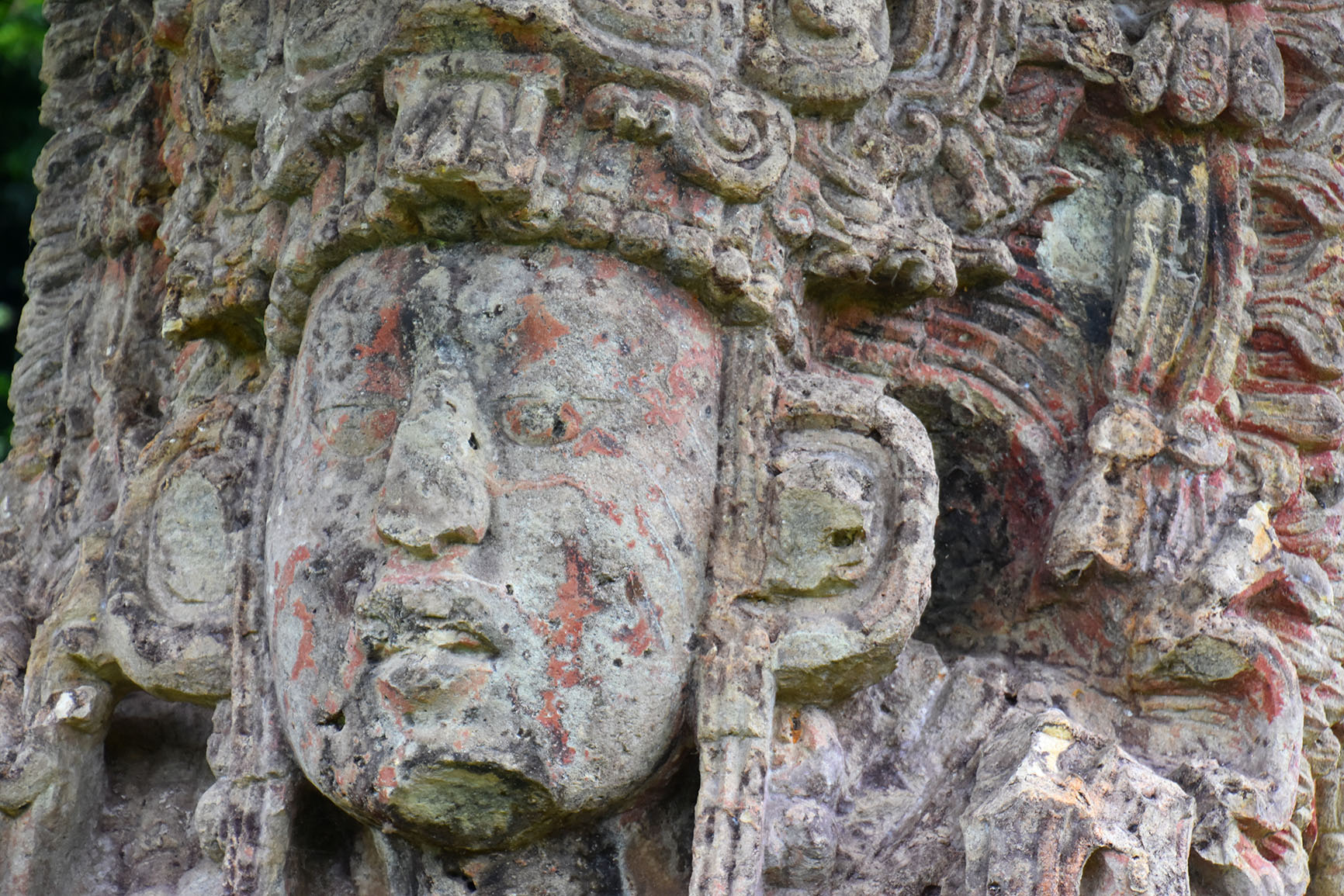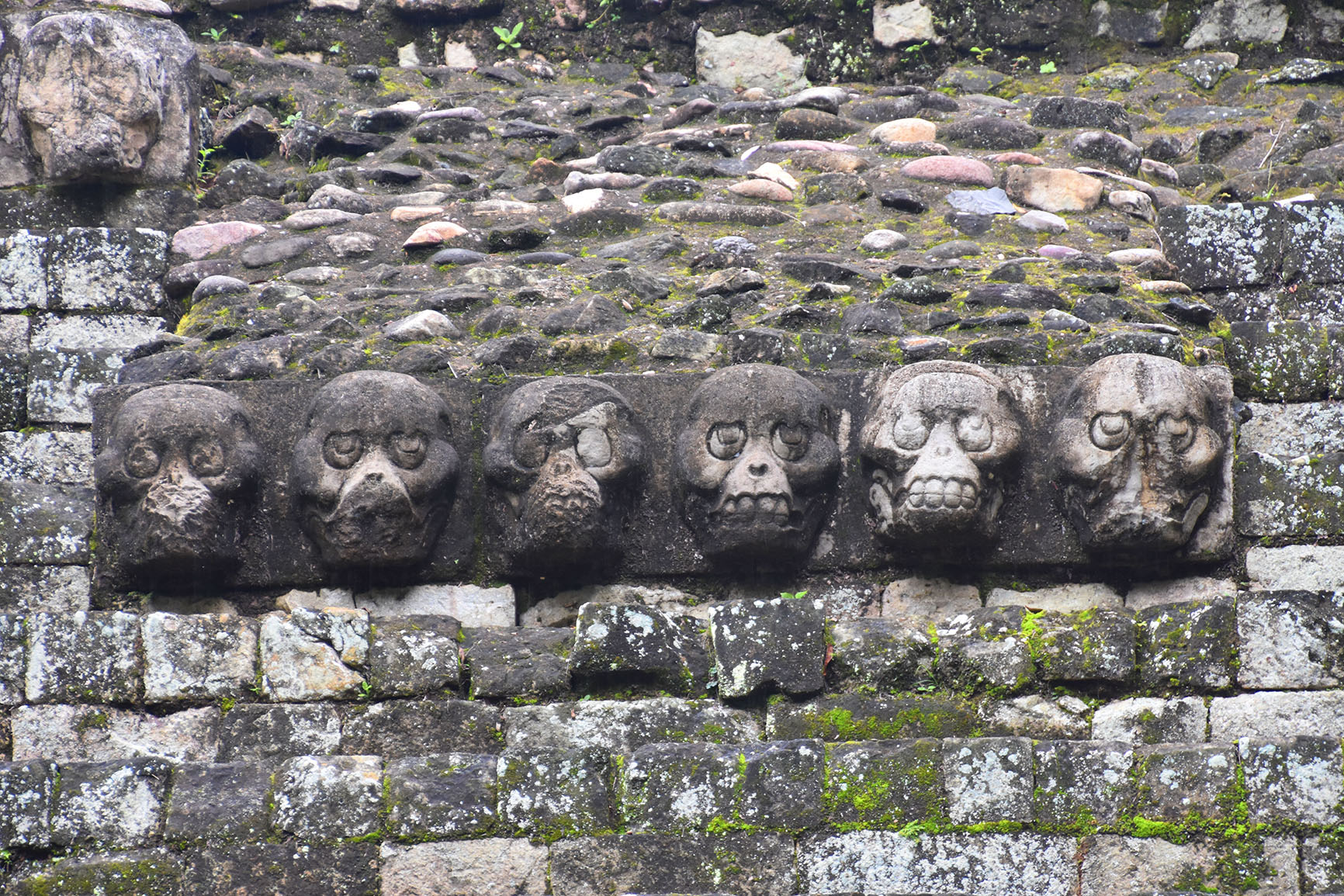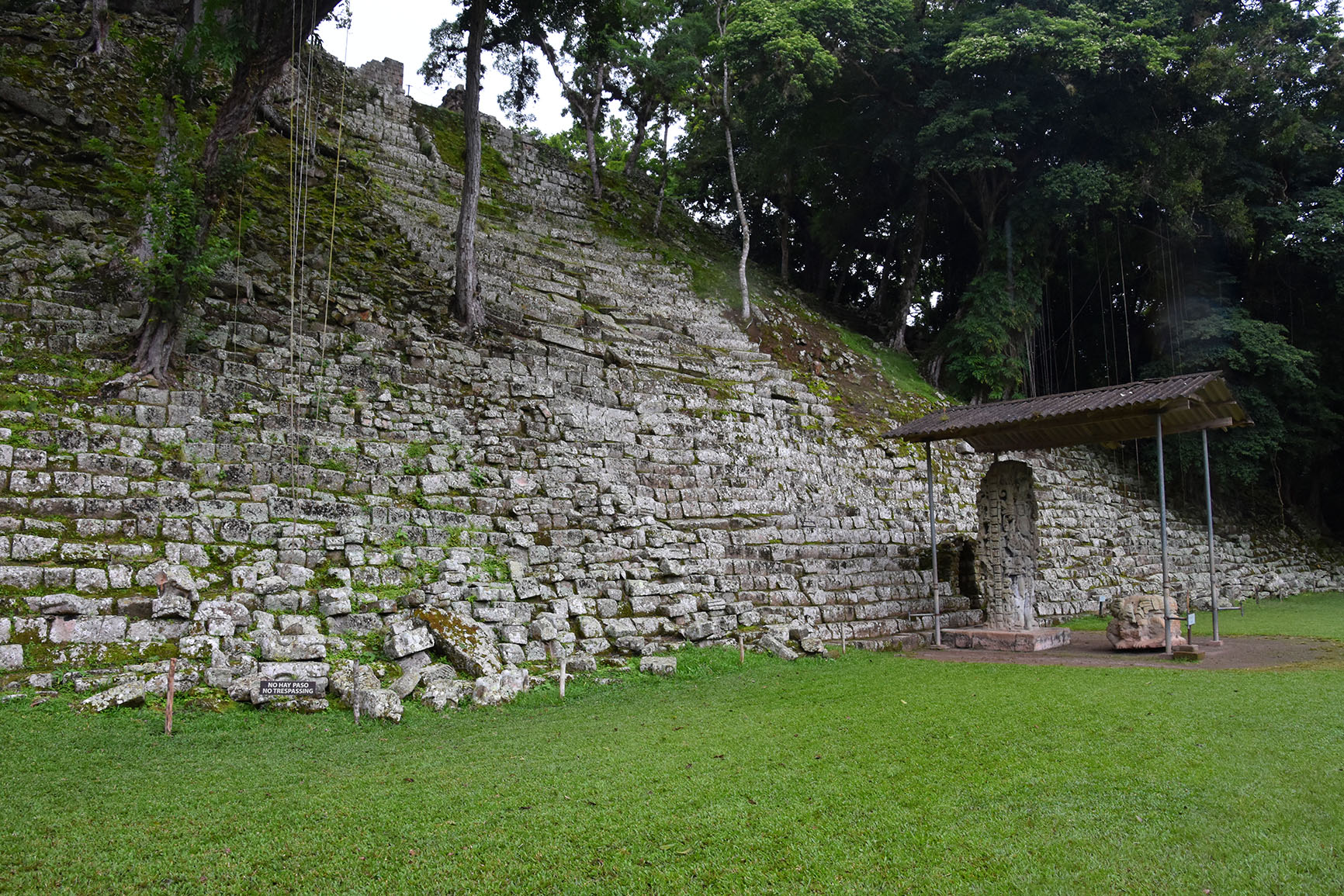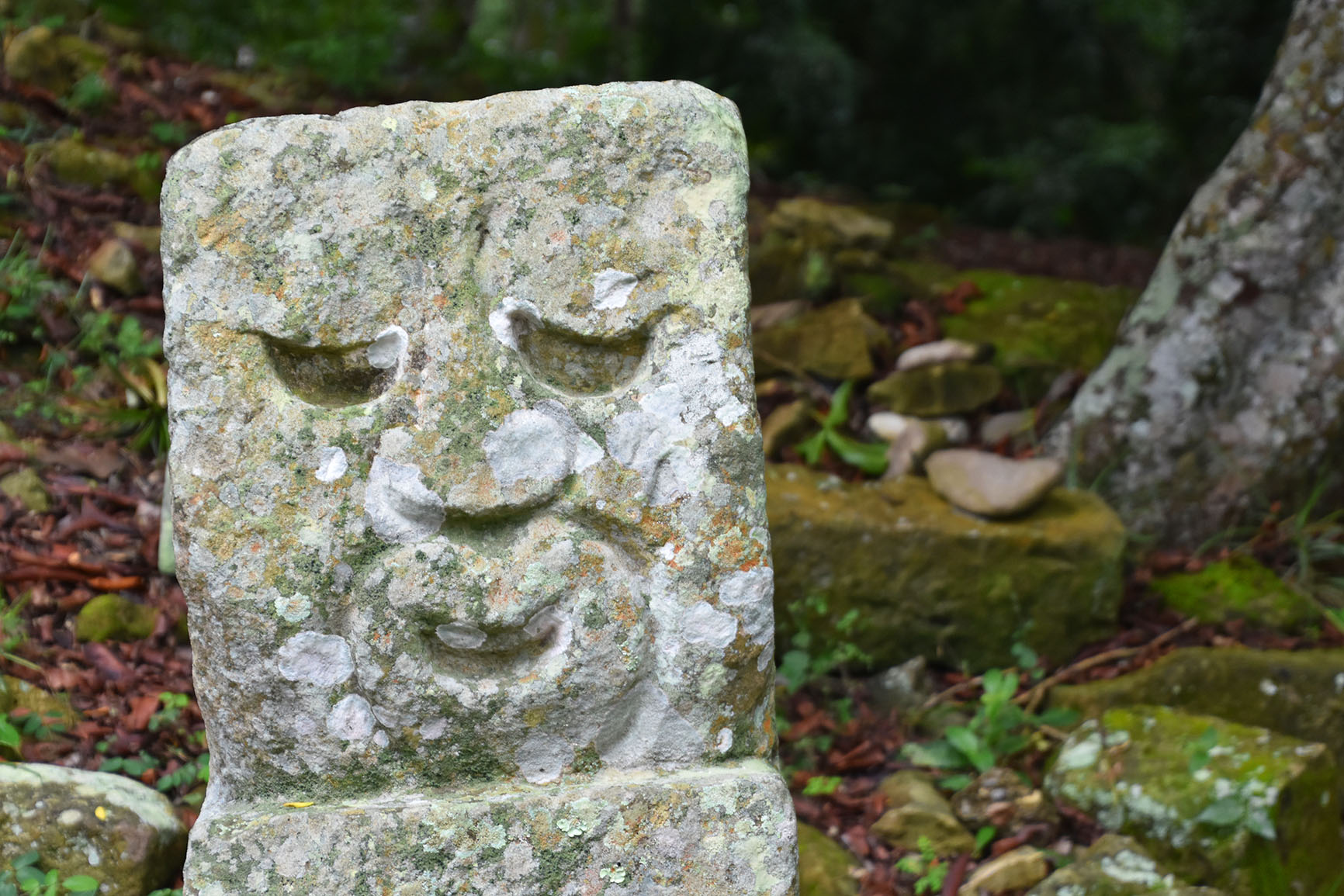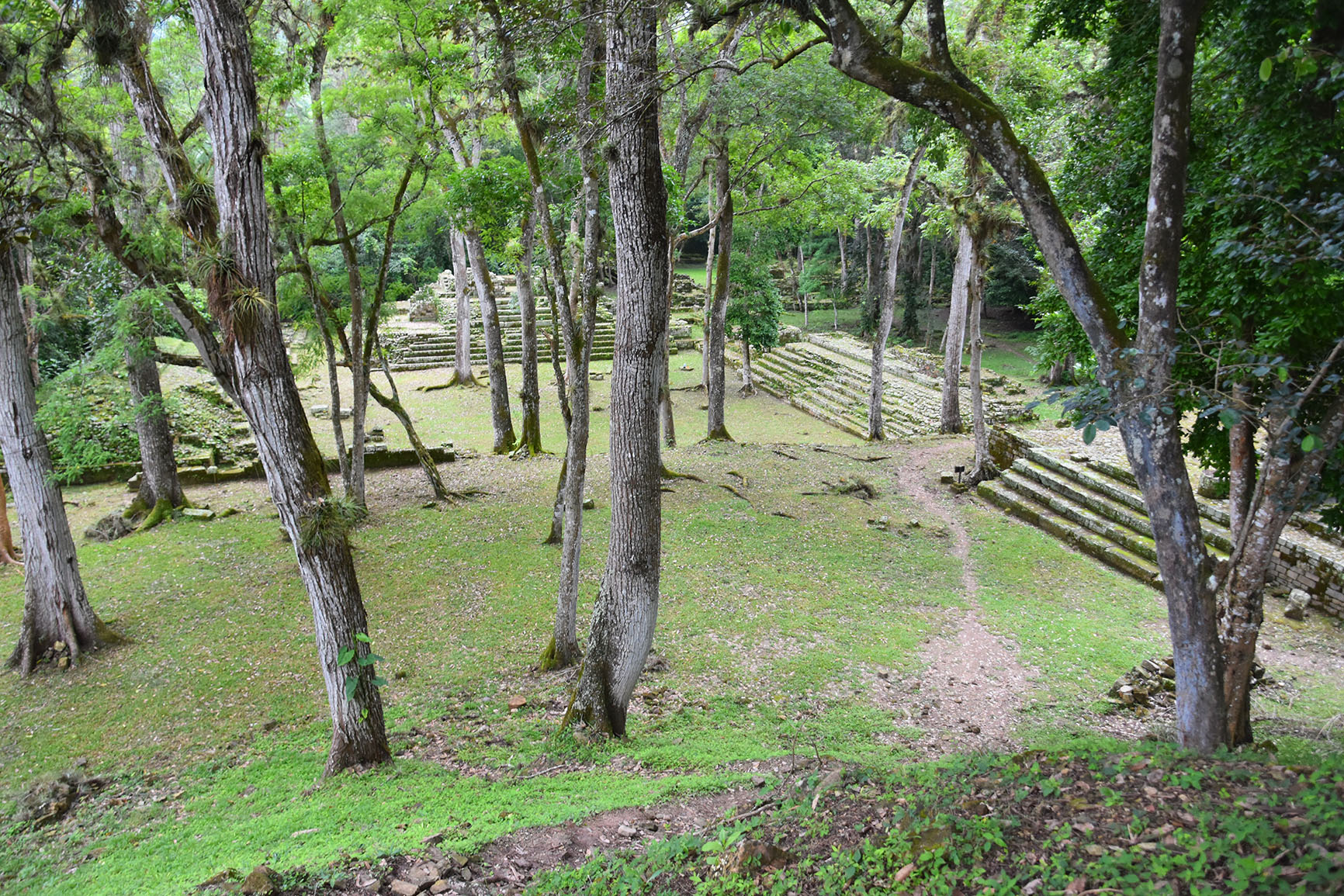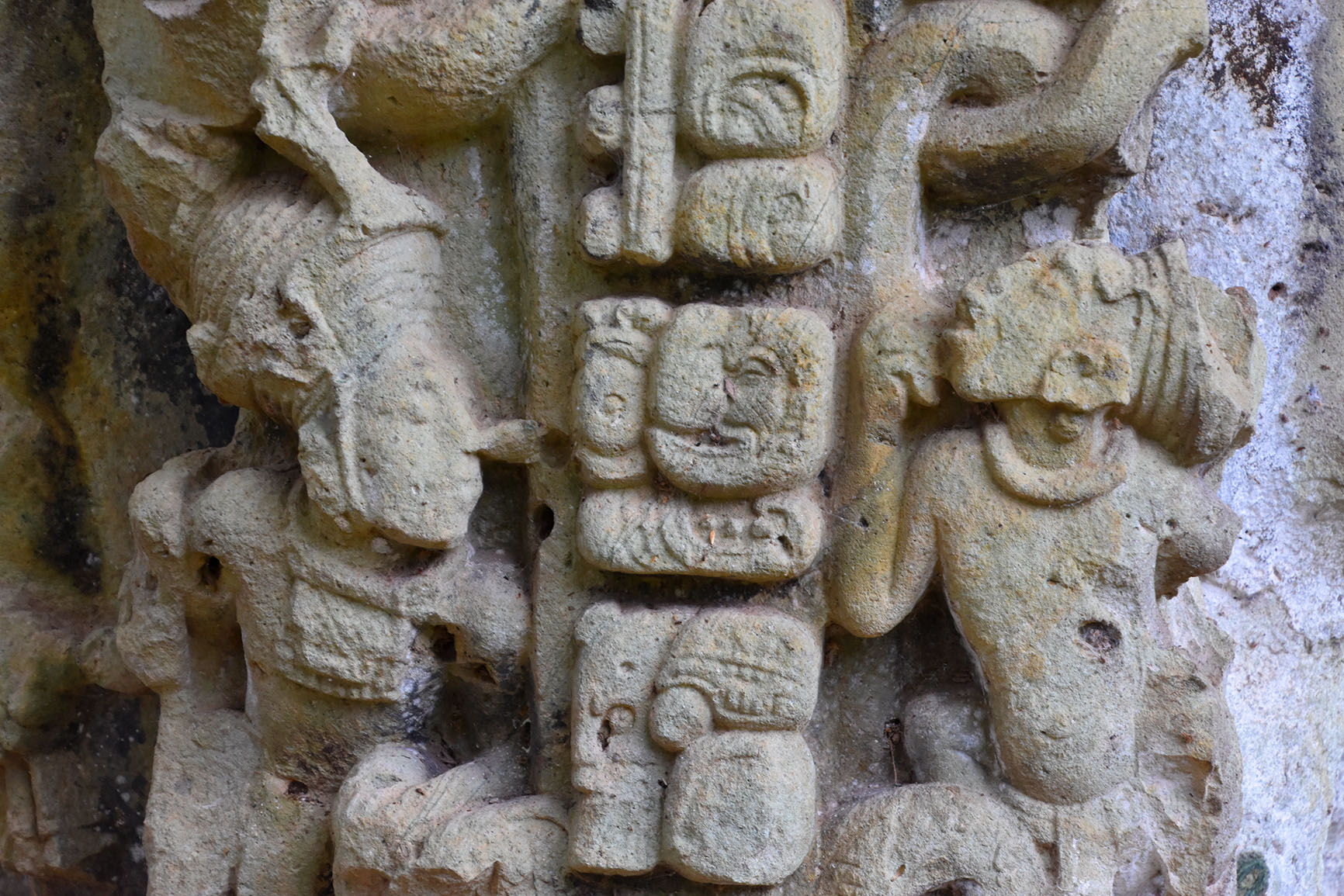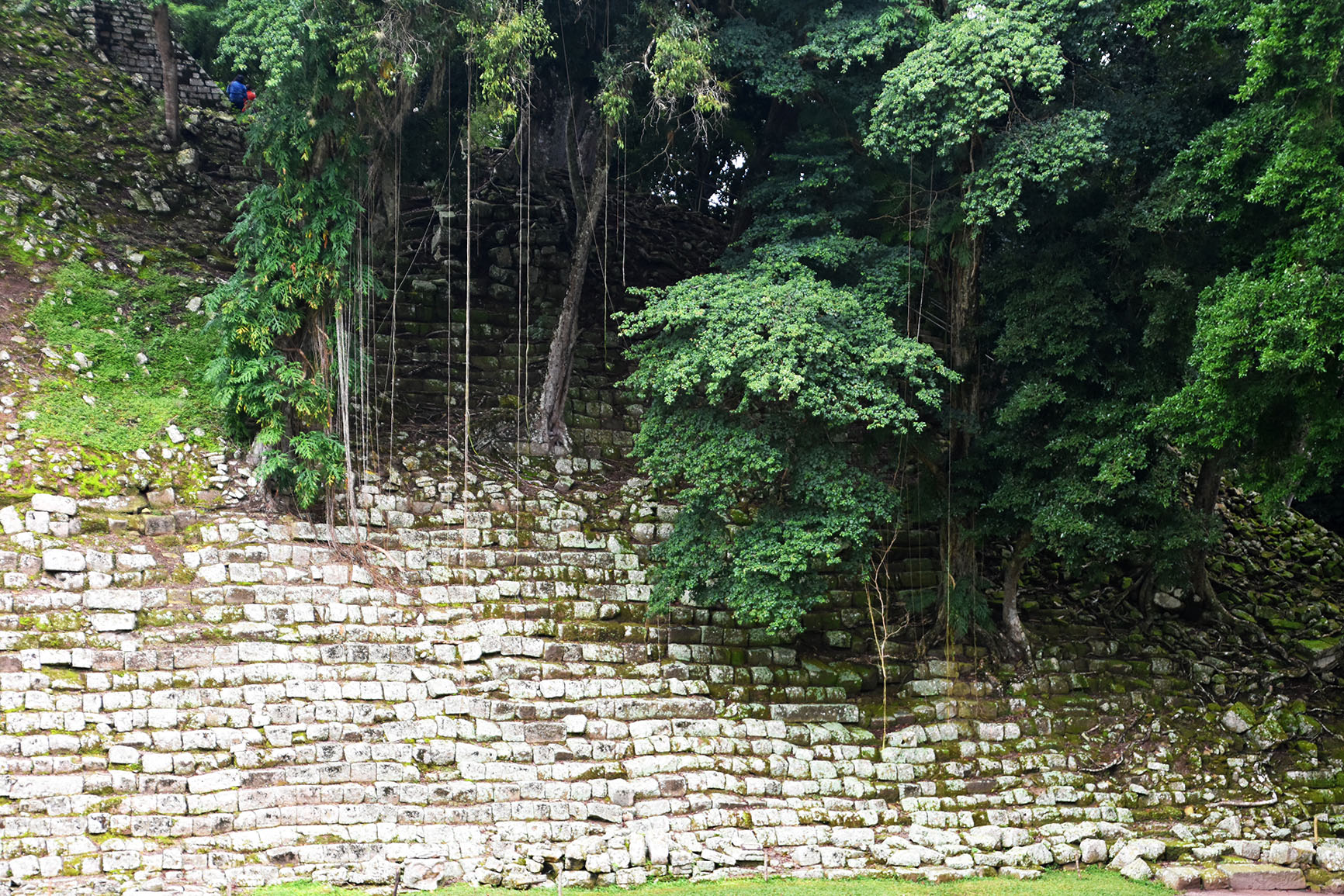Copán – Honduras
Although there are many phenomenal historic Mayan sites dotted across Central America, Copán, the capital of the classic period (5th-9th centuries), is one of Mesoamerica’s most charming. Mystical, mighty and magnificently guarded by a huge flock of scarlet macaws, it is set in a charmingly open, jungle-fringed location.

When I visited, I had the most colossal sense of stepping into an historical fairy-tale. Almost totally deserted, the site came alive with the help of my expert guide. Immaculately preserved sculptures, with intricate detail, stood out like ancient beacons telling the stories and beliefs of their lost ancient rulers.
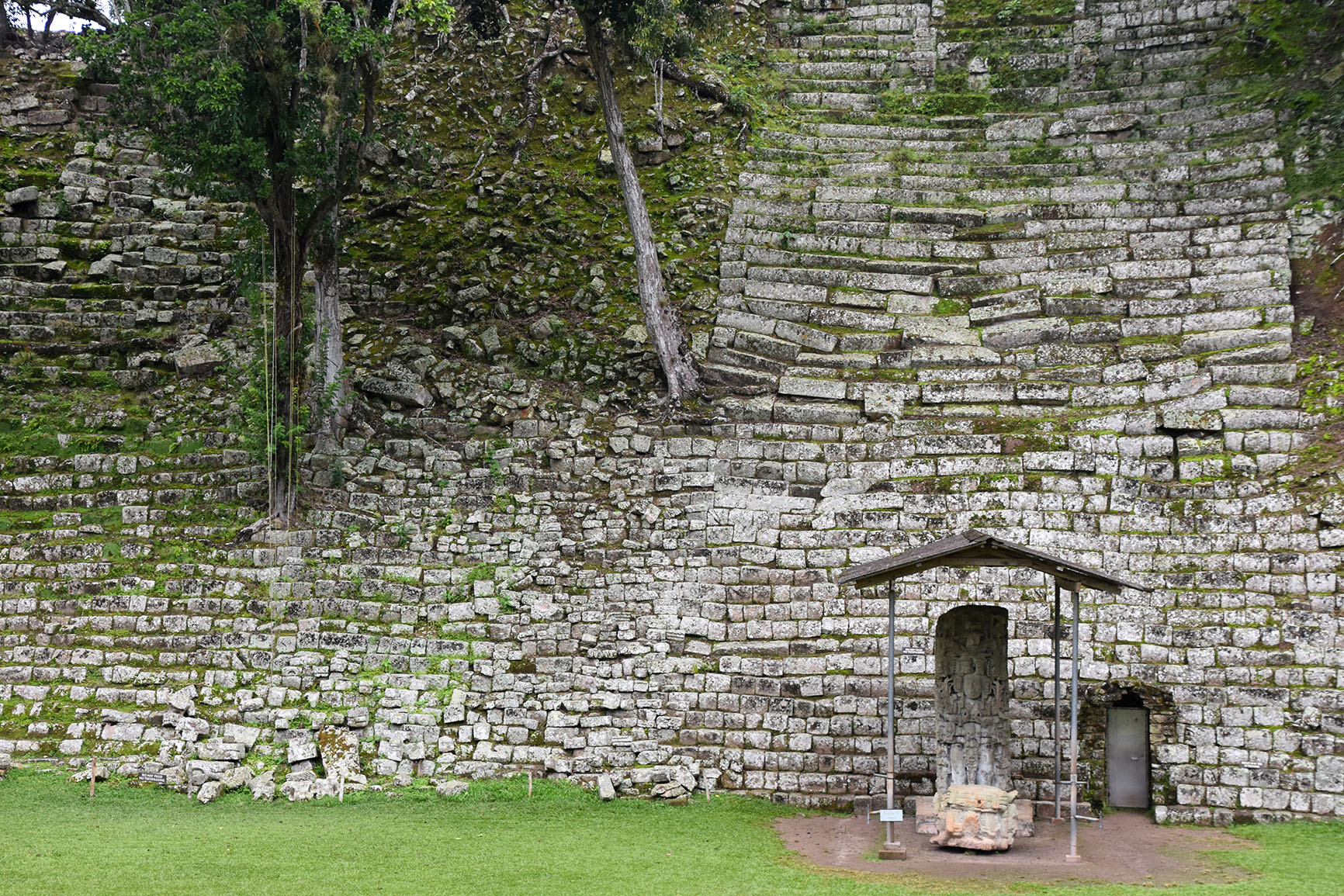
Although I have previously blogged on other Mayan sites (including Coba, Mayan End of the World and Sian Ka’an), this is one of my favourite locations.
At its peak Copan had a population of between 6,000-9,000 inhabitants, which, when combined with surrounding settlements, took the estimated number to between 18,000 and 25,000.

Located across from the Guatemalan border, the site’s setting is distinctive, in a fertile valley overlooked by jungle-clad hills. The construction of the site is all the more remarkable when one considers that the city’s developers had to flatten and shore-up the swamp which originally dominated the Copán Valley floor. Their work enabled the ground to support the large pyramidal structures away from flooding areas.

To this day the painstakingly well-preserved excavations highlight what an important site Copán was. Recognised as one of the most thrilling places for portrait stelae, traditional Mesoamerican ball game courts, overlapping step-pyramids, acropolises, plazas and palaces.
The accompanying museum, with its excellent choice of exhibits and mock-up explanations, gives visitors a realistic impression of life there ten centuries ago.

As these photos show, it is an essential addition to any travel itinerary in this region.
